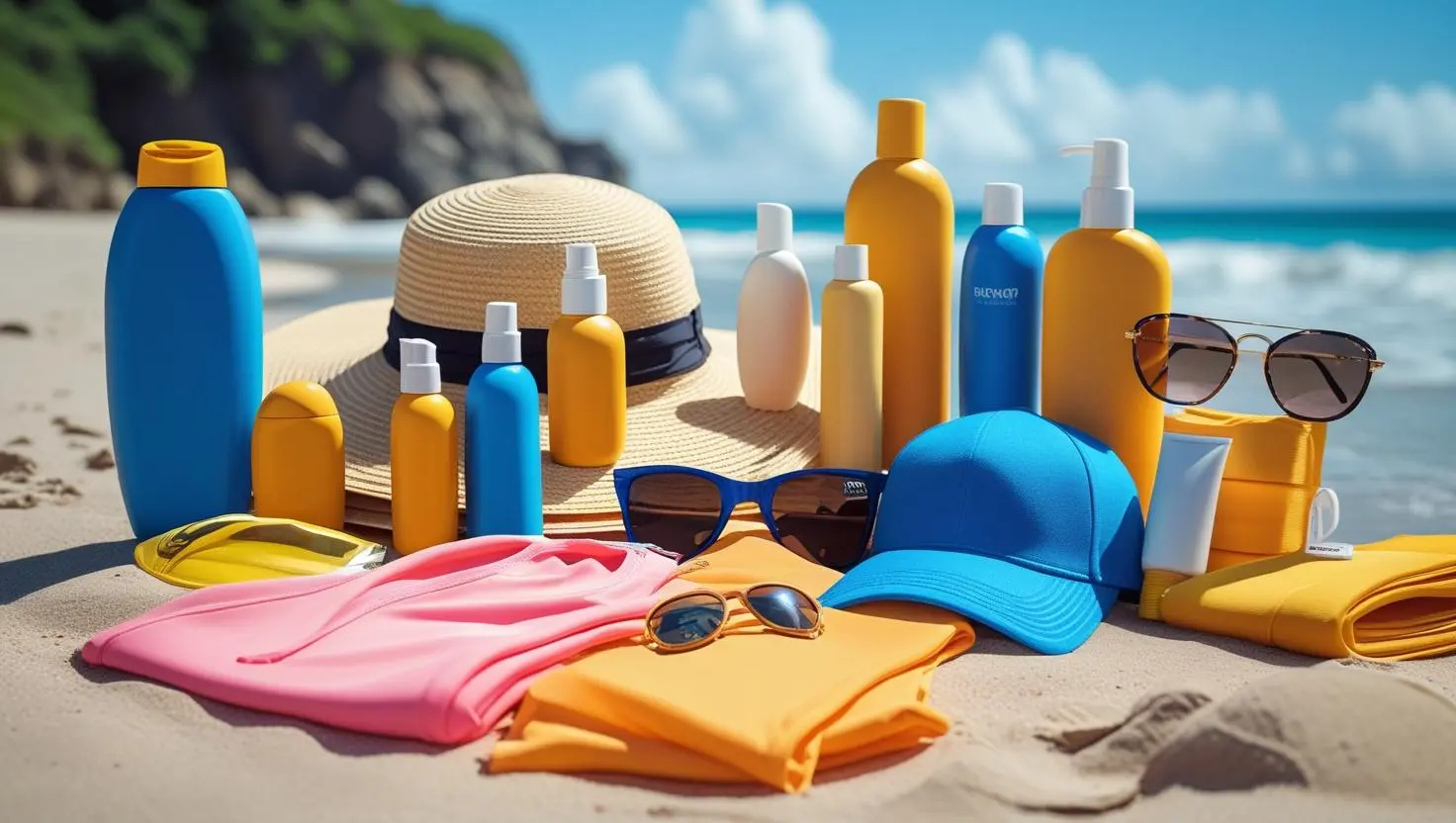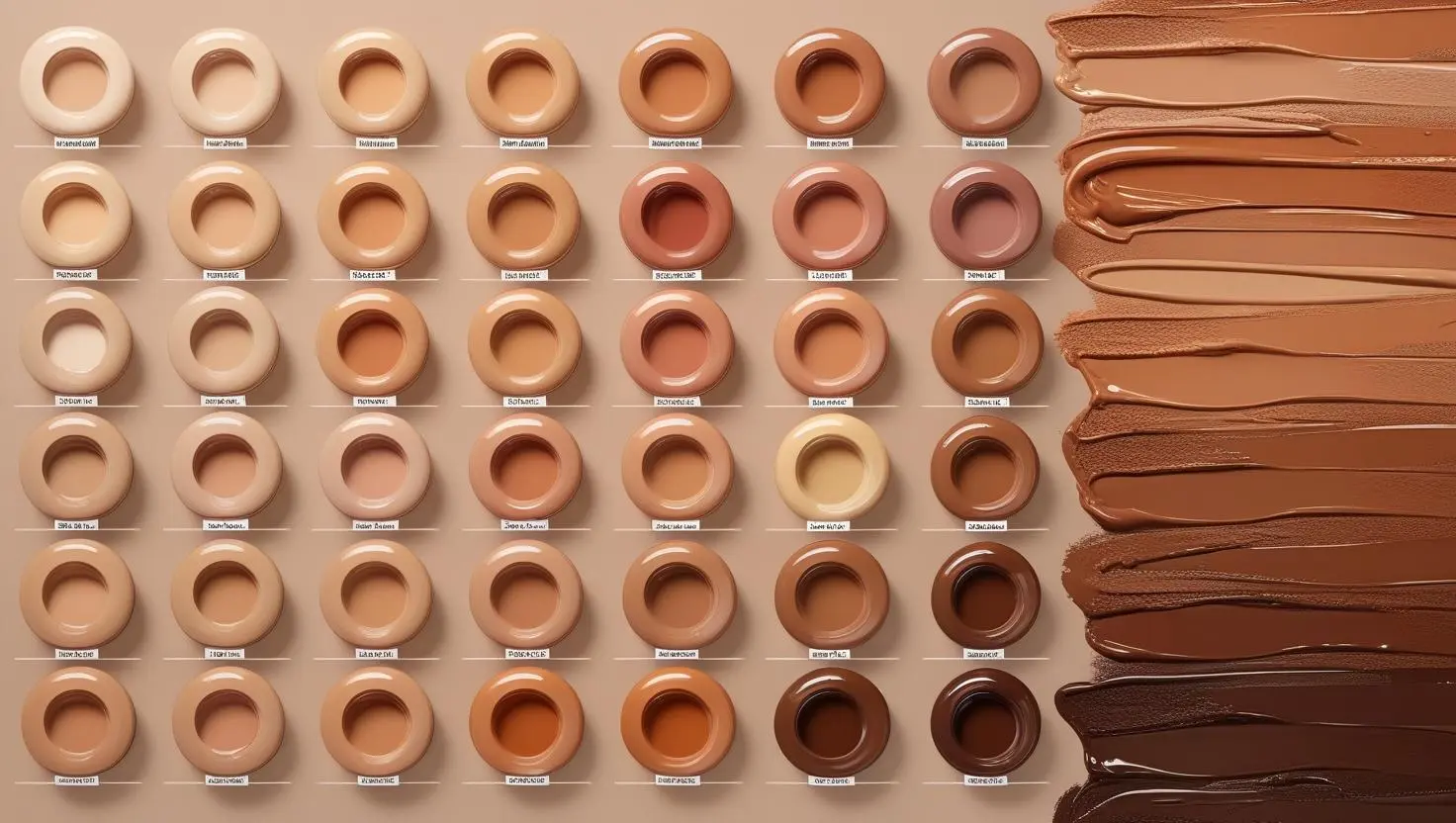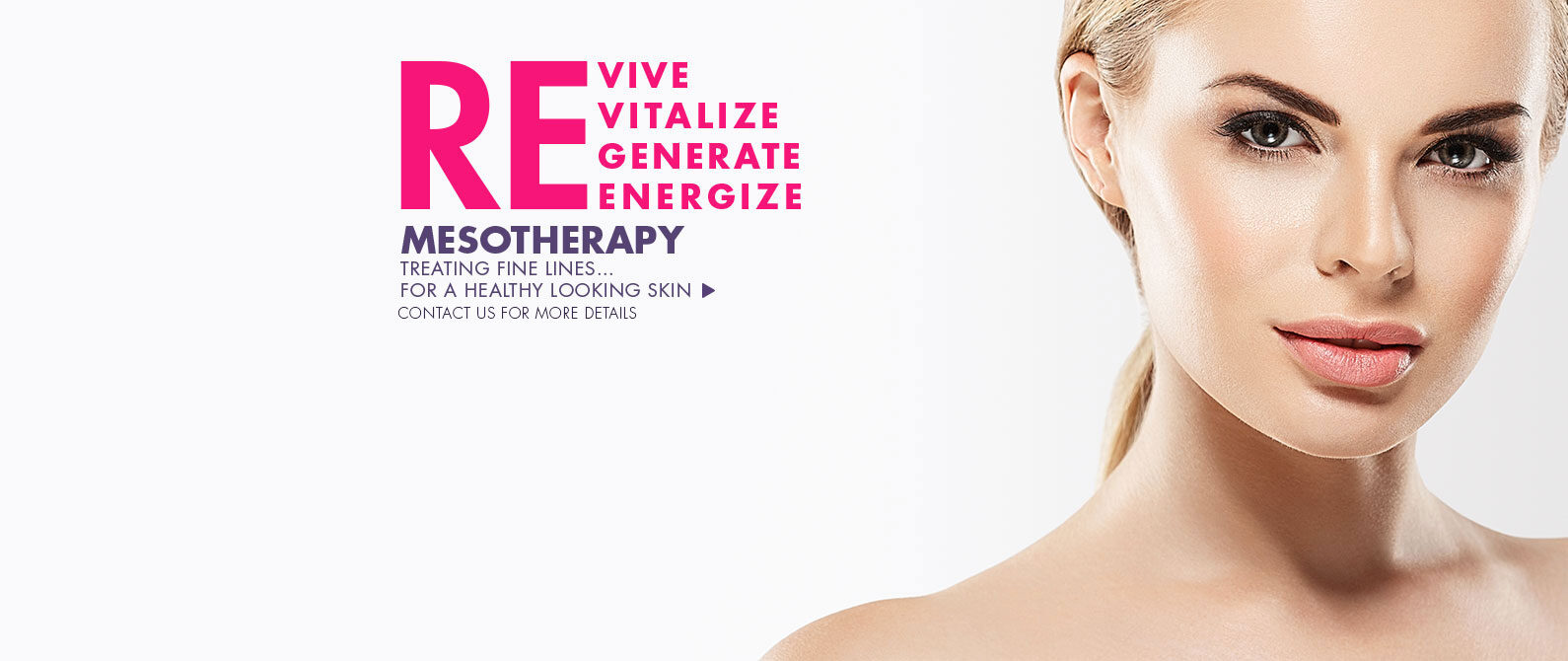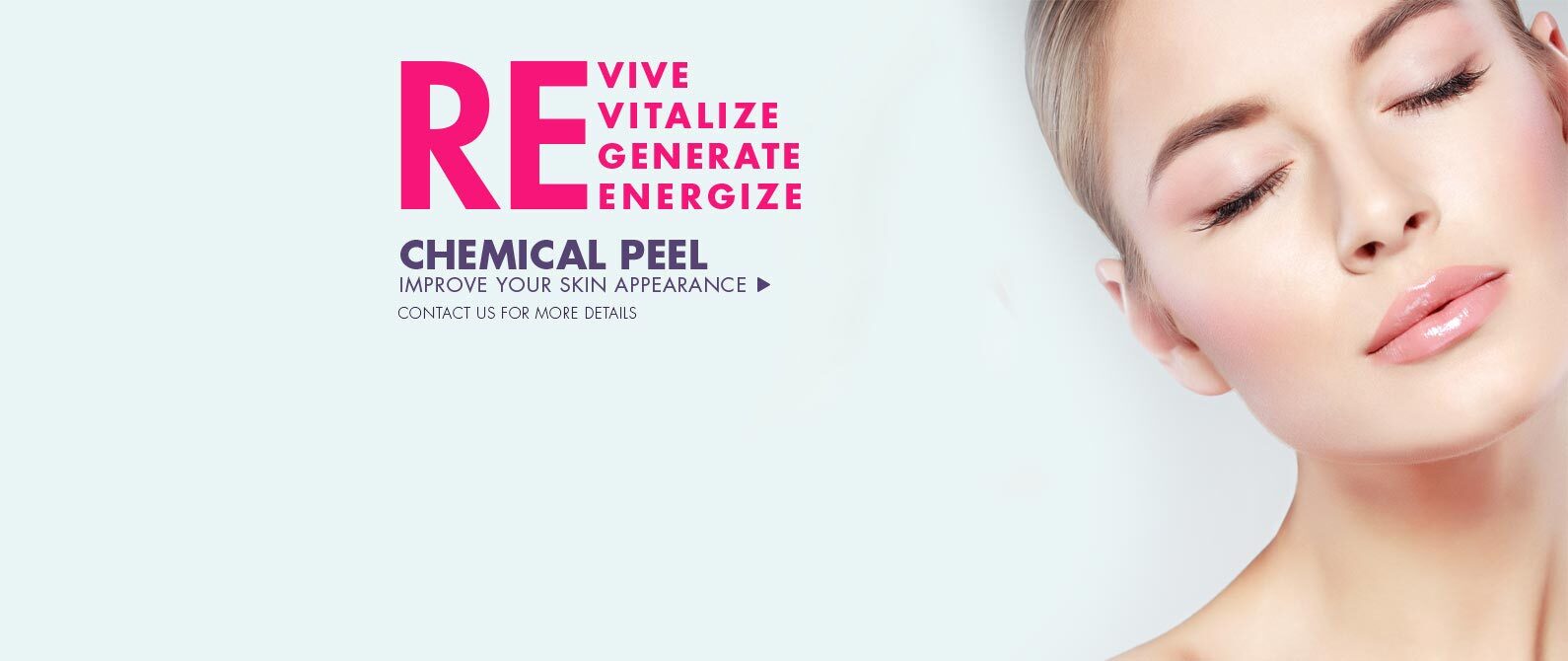
Evidence-Based Sun Safety and Skin Cancer Prevention
Sun exposure is a modifiable risk factor for skin cancer, the most commonly diagnosed cancer worldwide. This article summarizes evidence-based strategies for reducing skin cancer risk through everyday sun safety practices, prudent use of photoprotective measures, and regular skin surveillance. Adopting these practices can significantly reduce the incidence and improve long-term skin health.
1. Rationale for prevention

*Skin cancer represents a substantial and preventable public health burden. Ultraviolet (UV) radiation is a well-established carcinogen, with cumulative exposure contributing to both melanoma and non-melanoma skin cancers.
*Prevention relies on reducing UV exposure, enhancing photoprotection, and promoting early detection of skin cancer. Although risk cannot be eliminated, consistent protective behaviors yield meaningful reductions in cancer risk and photoaging.
2. Core sun safety principles

Shade and timing: minimize UV exposure by seeking shade during peak irradiance, typically from 10:00 a.m. to 4:00 p.m.
Clothing and accessories: wear tightly woven, sun-protective clothing; include a wide-brimmed hat and UV-blocking sunglasses to protect the face, ears, neck, and eyes.
Sun protection factor: Apply broad-spectrum sunscreen with a minimum SPF 30 to all exposed skin. Reapplication every two hours, or after swimming or sweating, is essential.
Complementary measures: sunscreen should be part of a multi-layered approach, not the sole defense. Integrate shade, protective clothing, and sunglasses to optimize protection.
Tanning beds: Avoid artificial tanning devices due to their increased risk of skin cancer and premature skin aging.
3. Practical checklist for daily use

Routine protection: apply sunscreen to exposed areas each morning, irrespective
of cloud cover. Outdoor planning: schedule outdoor activities with built-in shade
and wear UPF-rated apparel; reapply sunscreen at regular intervals to protect your skin.
Family health: inculcate sun-protective habits in children and adolescents; incorporate sunscreen into every outdoor excursion.
Self-assessment: Perform systematic skin examinations
monthly, with prompt clinical evaluation
of new or changing lesions.
4. Special populations and considerations

Skin type variability: Individuals with lighter phototypes are at a higher immediate risk of sunburn; yet, all skin types require protection to mitigate cumulative damage and reduce cancer risk.
Pediatric considerations: Children have a heightened sensitivity to UV injury; rigorous protection during childhood correlates with a reduced lifetime risk.
Occupational and athletic contexts: for outdoor workers and athletes, implement structured protection routines that include frequent breaks in shade and consistent use of protective garments.
5. Implementing a reproducible weekly plan

Monday: Apply sunscreen to all exposed skin. Please make sure that hats and sunglasses are available for daytime activities.
Wednesday: Prioritize shade during peak sun hours and wear breathable, protective clothing.
Friday: conduct a brief skin check, documenting any changes or new lesions.
Weekend: plan outdoor engagements with sun-protective gear and hydration strategies.
Conclusion
Protecting the skin from UV exposure is a sustained, daily practice with demonstrable benefits for reducing the risk of skin cancer and preserving skin health. Adopting a layered photoprotective approach—combining shade, clothing, sunscreen, and regular self-examination—yields the most robust protection. Clinicians and public health communicators should continue to emphasize these practices as foundational elements of cancer prevention.










